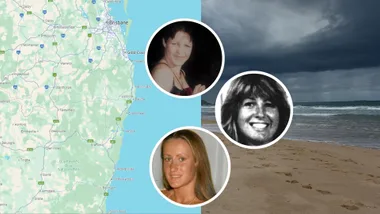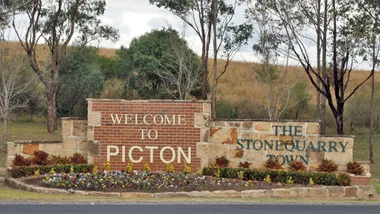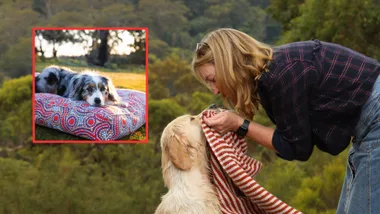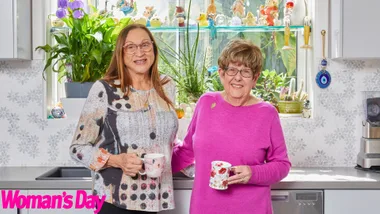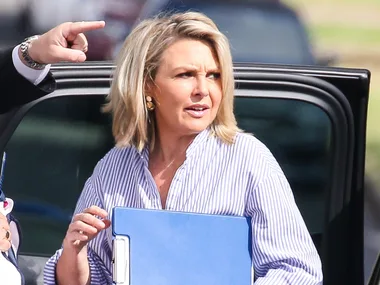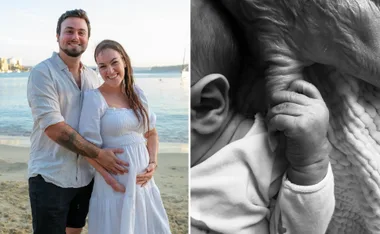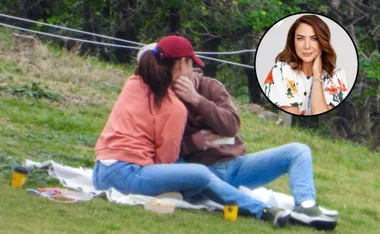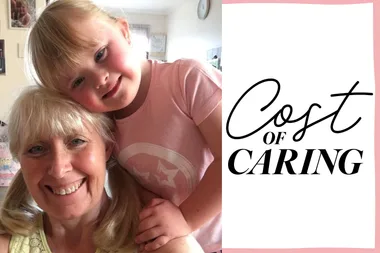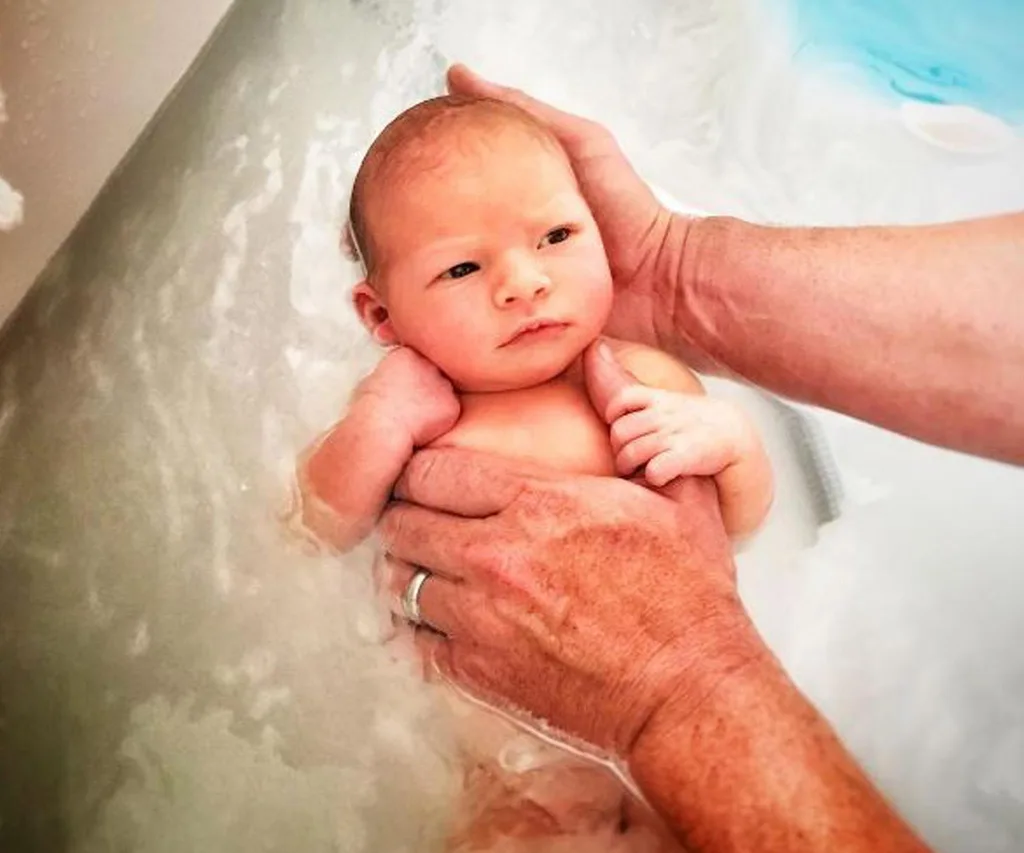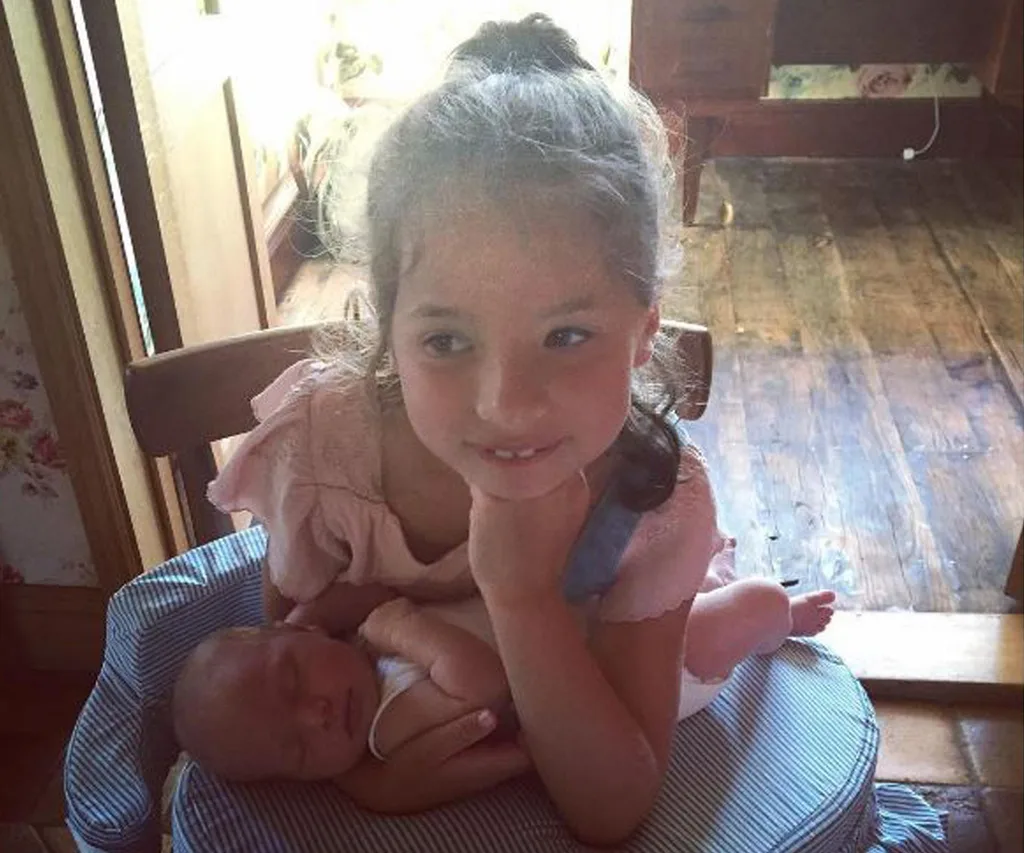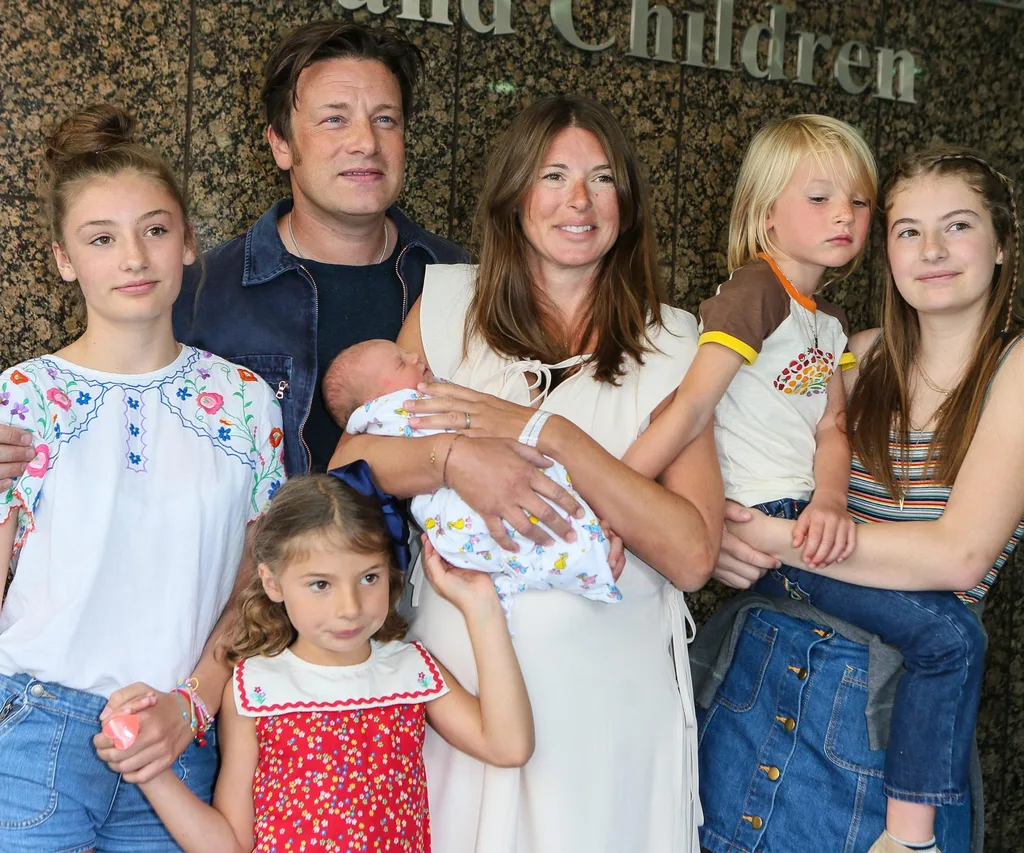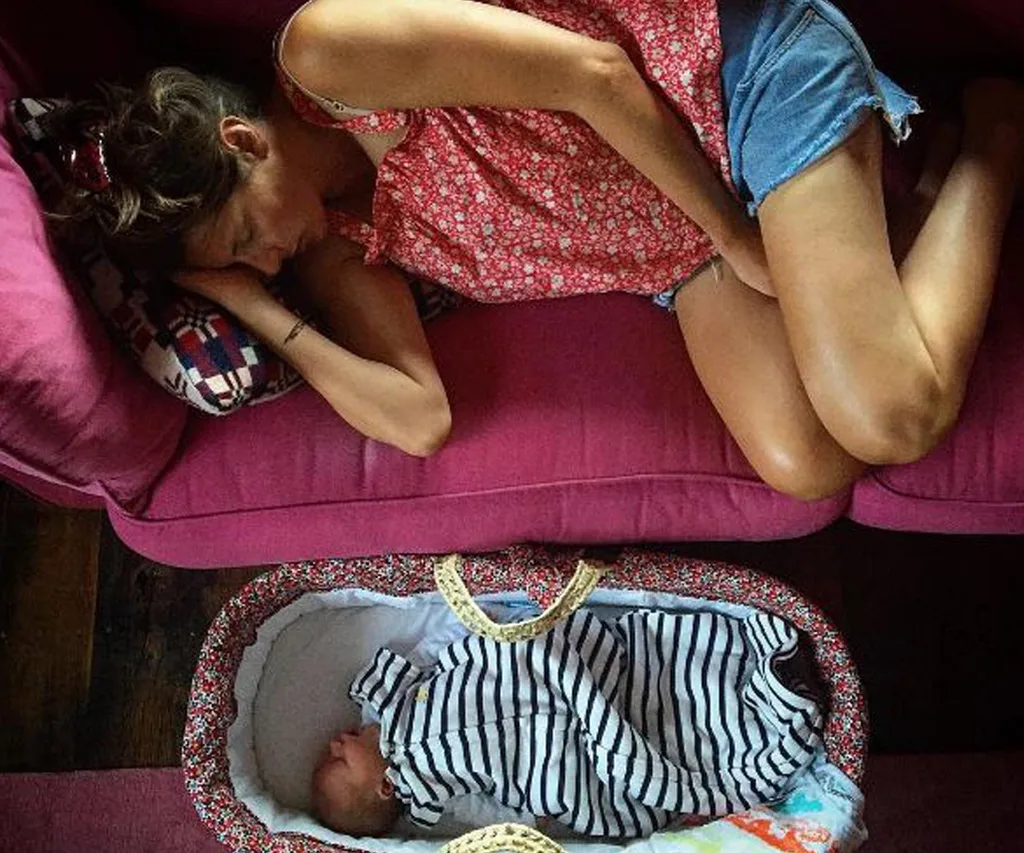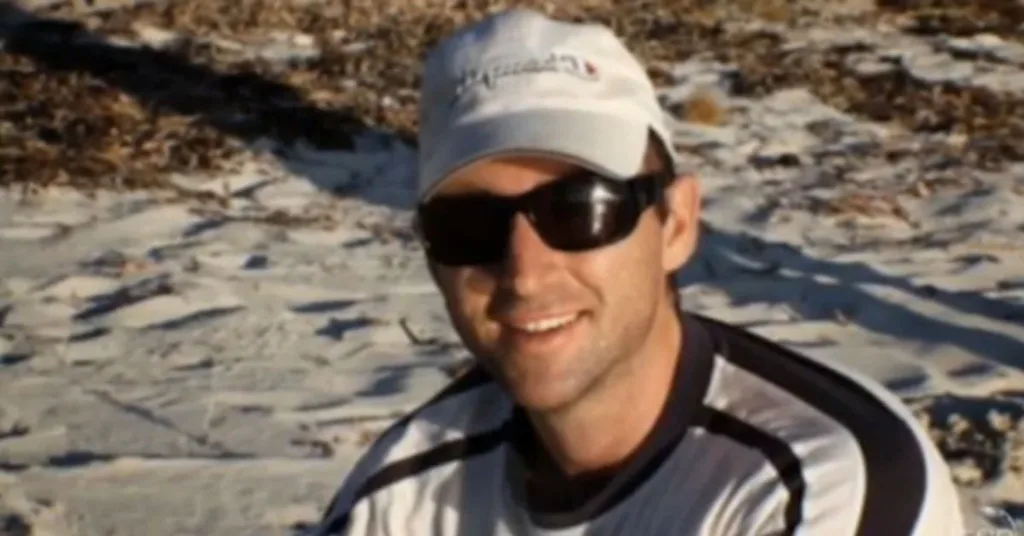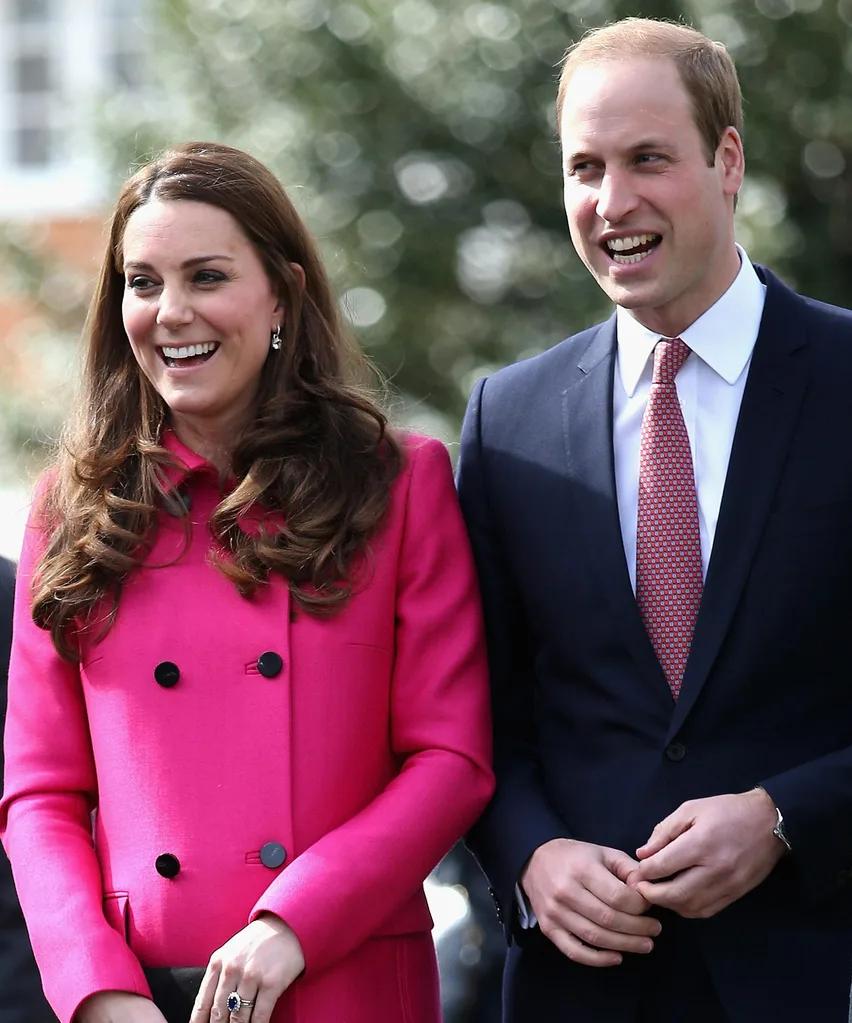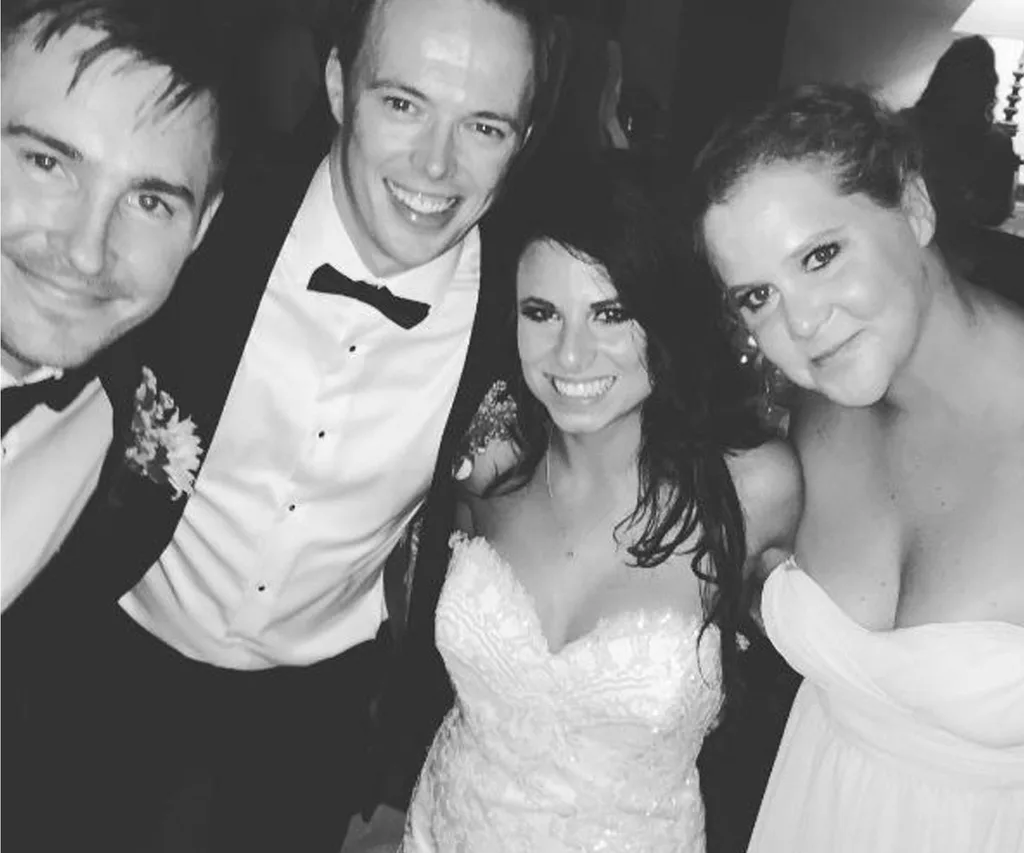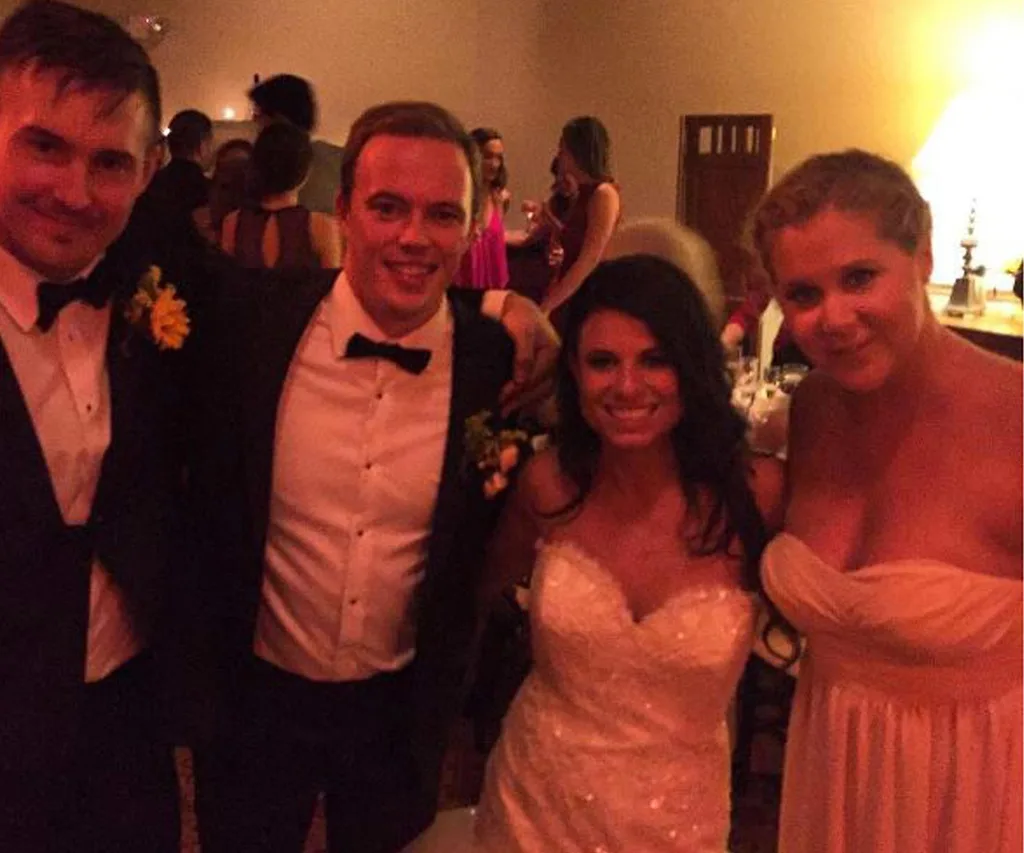Move over Keeping up with the Kardashians, we’ve fallen for little bro Rob and his baby mama Blac Chyna.
The pair look to deliver the motherload of reality TV shows with their E! docu-series, Rob & Chyna.
The sock mogul debuted the trailer for the new show on his Instagram, announcing that it will launch on September 11th and describing the feeling with a very eloquent, “Wooooooot ‼️”
Watch the incredible preview for the series below. Post continues!
While the doco-series intends to show Rob’s journey to fatherhood, it also captures what appears to unveil the couple’s slightly volatile relationship.
One highlight from the teaser has to be the dramatic moment the 28-year-old pregnant model screams on the phone while in the car.
“Are you still texting b—–s?” she bellows to presumably her future hubby Rob, 29.
“Yes or no?!”
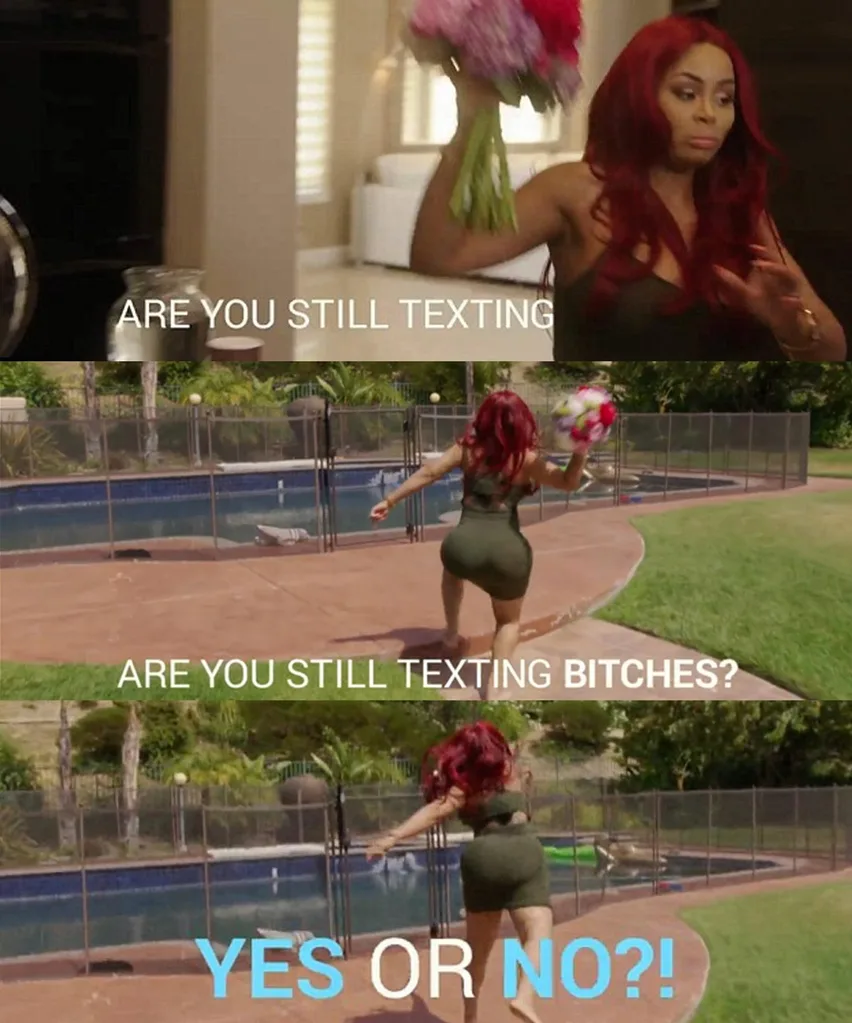

You should just answer her, Rob…
Of course, many fans of the family will remember that this wasn’t the first time Rob and the former-stripper had an explosive fight.
Just a mere weeks ago, the couple were said to have briefly split.
Rob sent fans into a frenzy after he deleted all photographic evidence of his wife-to-be on social media.
Us Weekly confirmed the pair momentarily parted before realising they wanted to stay together.
“They were filming this weekend, and one of the people in her crew asked her to do something without him, and he snapped,” an insider told the publication at the time.
“They’ve been spending a ton of time together and filming a show together. Add to that the stress of a new relationship and it’s inevitable that there will be some tension and fighting.”
Check out Rob’s injuries following a fight with Blac… Article continues!*
But alas, the six-episode show will detail so much more than their lover’s quarrels.
After all, the duo, who are set to welcome a baby later this year, will detail the excitement of Blac returning to the Kardashian fold, planning a wedding and of course, preparing for the newest junior Kardashian bubba!
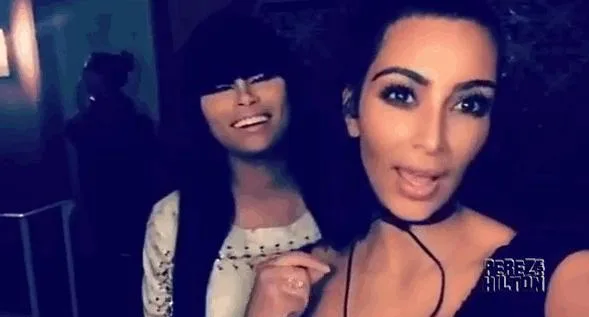
Showing off his besotted side, Rob remarks in the trailer.
“I know how good you are. And how loyal you are.”
Before admitting that fatherhood is exactly what he wants from his life, “That’s what I always wanted!”
Is it September 11th yet??
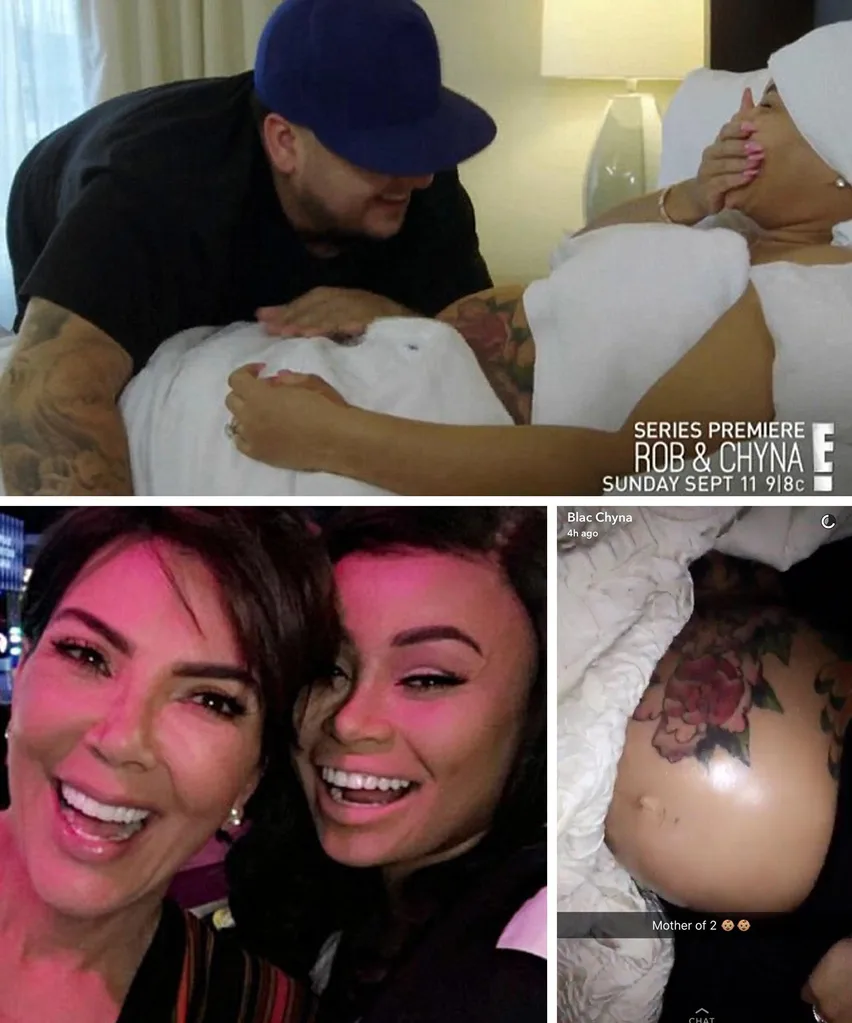










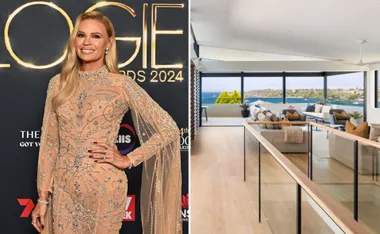

.png?resize=380%2C285)
.jpg?resize=380%2C285)

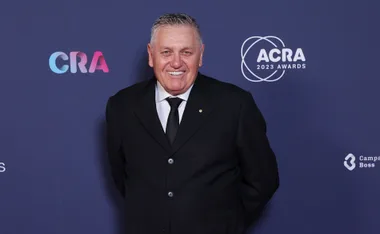

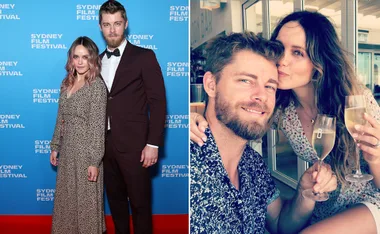
.png?resize=380%2C285)





